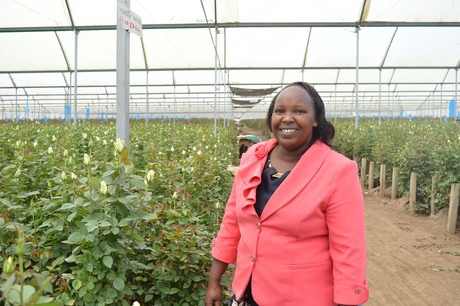
Lower production costs, large head size
Lower production costs and large head size are the main reasons for Wildfire's decision to start growing their roses hydroponically. According to Mugi, it is a large investment, but will save costs in the longer run and contribute to a better crop. "The production costs will decrease as the water and fertilization supply can be controlled better. On top of that, we see a healthier crop with larger head sizes. The Calypso variety for example has a head size of 3.5 cm when it is grown in the soil and of 4-4.5cm when grown hydroponically."
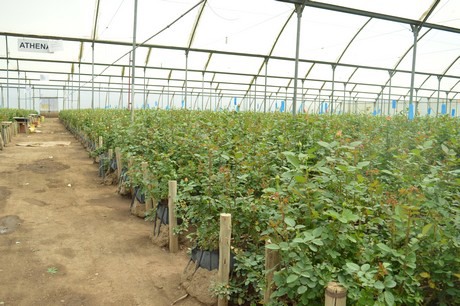
In three years all roses grown hydroponically
A peek in the rose farm
At the beginning of June, during the IFTEX flower show week, we had the chance to visit some growers in the Naivasha region. Wildfire Flowers was one of the farms that we visited. They opened their doors and showed us the process from rose cultivation to packaging. Below some photos to give you an impression of this farm and its processes.
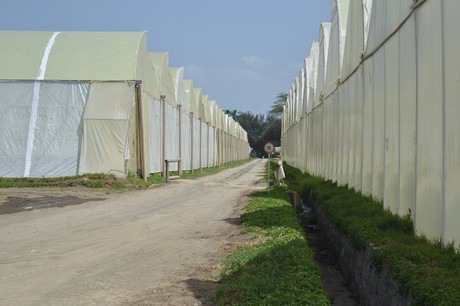
The greenhouses at Wildfire Flowers are located on an altitude of 1,800m above sea level.
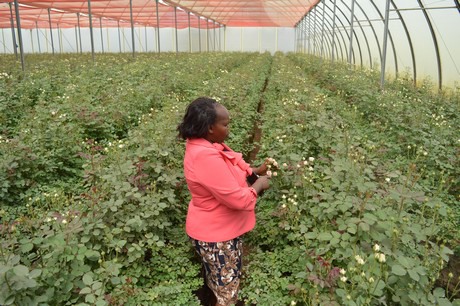
Next to single head roses, Wildfire also grows spray roses. In this greenhouse, spray roses are being cultivated for one of their customers in France. The net at the roof enables the head to get its two colors; pink and white. Without the net, the flowers will remain white.
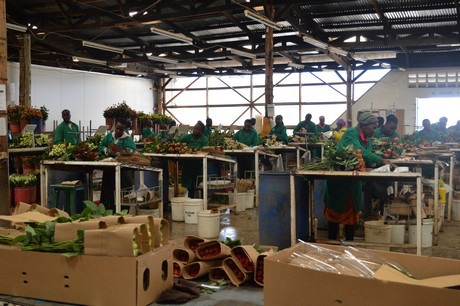
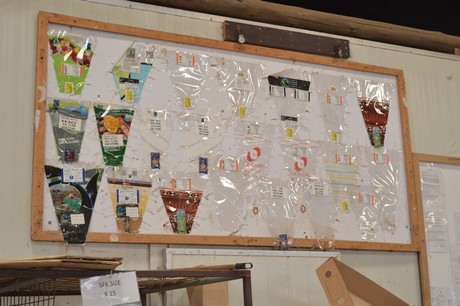
As they supply the market directly, every customer requires their own sleeve. On this photo, the presentation of the sleeves per customer.
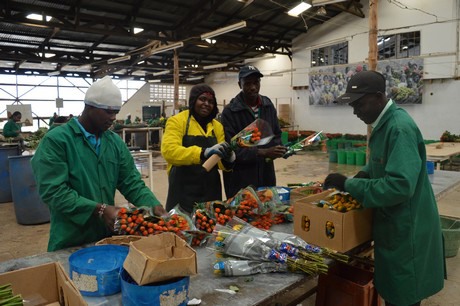
And some customers do not like thorns. In this photo, they are removing the thorns for a German customer.
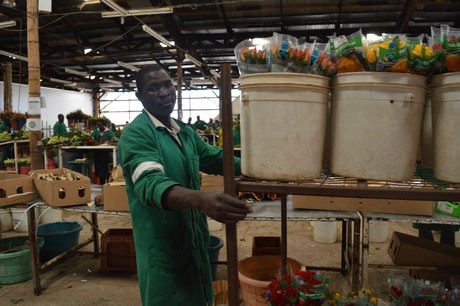
The flowers are graded and packed and on their way back to the cold room.
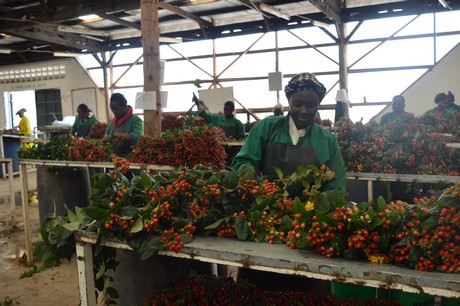
Next to roses, Wildfire Flowers grows hypericums too. On 15 ha, they mainly grow red and green hypericums. In this area, these flowers are, together with the roses, graded and packed.
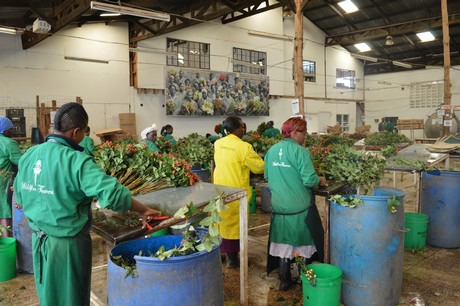
For more information
Wildfire Flowers
Ann Mugi
Email: ann.mugi@wildfire-flowers.com
www.wildfire-flowers.com
